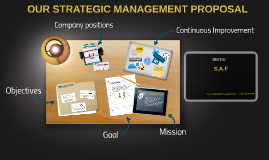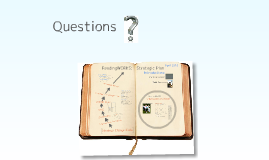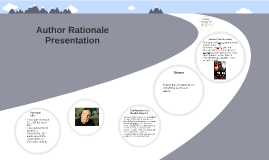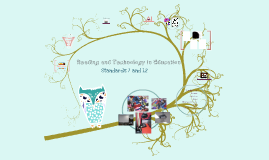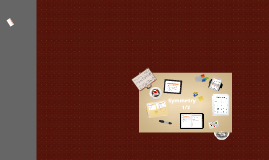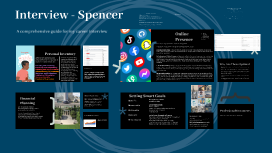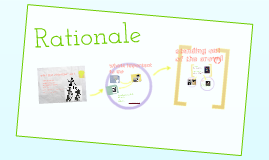Rationale
Transcript: Measurement and Geometry * Shape- Recognising and classifying two dimensional shapes and three-dimensional objects using obvious features Elaboration: Focusing on geometric features and describing shapes and objects using everyday words, such as, corners, edges and faces Statistics and Probability * Data representation and Interpretation- Represent data and objects where one object represents one data value, describe the displays Elaboration: Understanding one-to-one correspondence and describing and identifying data categories that have the greatest or least data value. Measurement and Geometry * Shape – Describe and draw two-dimensional shapes, with and without digital technologies Elaboration: Identifying key features of squares, rectangles, triangles, kites, rhombuses and circles, such as straight lines or curved lines and counting the edges and corners Statistics and Probability * Data representation and Interpretation: Identify a question of interest based on one categorical variable. Gather data relevant to the question * Collect, check and classify data * Create displays of data using lists, tables and picture graphs to interpretation Elaborations: Recognising the usefulness of tally marks Identifying categories of data and using them to sort data Comparing the usefulness of different data displays - Problem Solving Formulating problems from authentic situations Matching transformations with their original shape - Reasoning Using known facts to derive strategies for unfamiliar calculations Comparing and contrasting related models of operations Creating and interpreting simple representations of data Formative - Observation of use of vocabulary using words to describe shapes such as corners and edges - Recognising the expansion of children’s innate ability to recognise symmetry - Students can explain how they know something is symmetrical and why they placed their line where they did - Recognising different lines of symmetry including vertical, horizontal and diagonal through the use of a mirror Summative By the end of the lesson - Children will note that there are different lines of symmetry in letters ranging from no lines of symmetry to multiple lines of symmetry - Children will recognise lines of symmetry in different shapes both using a mirror and without - Level of understanding shown through worksheet By the end of the unit - Identify the importance of symmetry in everyday life, recognising it in the environment, e.g. in the structure of animals - Recognising symmetry in shapes - Understanding Connecting, names, numerals and quantities - Problem Solving Using materials to model authentic problems Using familiar counting sequences Solve unfamiliar problems Discussing the reasonableness of the answer - Reasoning Justifying representations of data, Explaining patterns that have been created AusVels Level 2 Symmetry 1/2 - Find objects from around the classroom and explore their lines of symmetry. - When you have found 10 objects, draw them and their lines of symmetry in your workbook. Prior Knowledge Ideas Engagement Notes Level 1 Proficiency Strands - To introduce the students to symmetry, we held a lesson with a hands on approach in order to cater for all learners. -The Butterfly represents symmetry that has been created by the students using paints on one half of a piece of paper. - Folding the paper in half helps the students to visualise the line of symmetry created. AusVels. (2012). Mathematics Curriculum. Retrieved from http://ausvels.vcaa.vic.edu.au/Mathematics/Curriculum/F-10 Booker, G., Bond, D., Sparrow, L., & Swan, P. (2010). Teaching Primary Mathematics 4th Edition. Pearson Publishing Assessment - An activity that can evoke further thinking, for example, questioning the symmetry of objects in everyday life. - Can be revisited and manipulated multiple times to cater for differentiated learners. - Caters to interactive learners with visual aid as well as independent learners. - Evokes critical thinking References Step 4 Rationale Next Lesson AusVELS Level 1 Level 2 Proficiency Strands Tally Activity Name Activity






